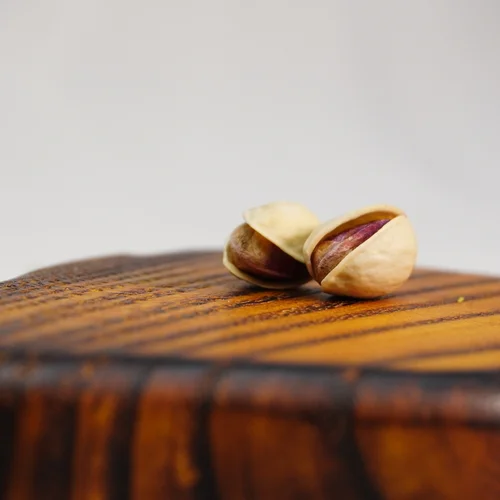Exploring the World of Pistachio: Types, Uses, and Benefits

Whenever someone hears the world of pistachio, a long or round dried nut comes to mind. Identifying the different types and cultivars can be challenging. Although many pistachio professionals and traders earn an annual income from the pistachio trade, some may not be aware of the different cultivars and their benefits. The aim of this article is to provide basic information about the types of pistachios and their benefits, including the uses of each, with a special focus on the Iranian pistachio cultivars.
Types of pistachios and their origins
Pistachios belong to the family Anacardiaceae, which includes about 70 genera and over 600 species. The genus Pistacia contains about 20 species, but five are particularly notable: P. vera, P. atlantica, P. terebinthus, P. khinjuk, and P. lentiscus. These plants can be evergreen or deciduous, often resinous shrubs, and sometimes trees up to 10 m tall.
In Iran, you will naturally find the species P. vera, P. khinjuk and P. atlantica. Among them, P. vera is the star of the pistachio world, widely cultivated for its nuts and often grafted onto rootstocks of other species.

The many parts and benefits of pistachio trees
Every part of the pistachio tree has something to offer. From the fruit and leaves to the resin and branches, each component has its own unique uses. Research has shown that pistachios are beneficial for a variety of health problems, especially digestive problems.
The fruit of the pistachio tree, especially the P. vera species, is well known for its nutritional value. It is rich in protein, healthy fats, vitamins, and minerals. In addition to being used as a snack, pistachio fruit is also used in a variety of dishes and desserts around the world, enhancing both their flavor and nutritional value. The leaves of the pistachio tree are used in traditional medicine. They are used to make infusions and teas that help reduce inflammation and manage digestive disorders. Its resin, often called mastic, has been used for thousands of years. The plant has antibacterial and antifungal properties, making it useful in oral hygiene products and natural treatments for infections. In addition, its branches and bark have been used to create natural dyes. They are also used as a fuel source in some cultures.
Traditional uses in medicine
- P. atlantica: In Iran, the gum of this tree is used to treat kidney problems, digestive problems, and liver disorders. Its fruit is used as an antidiarrheal, while its various parts are used in veterinary medicine for a wide range of health problems, including digestive disorders and stomach ulcers.
- Pistachio kernel (P. vera): This type of pistachio is the one we often eat. This type of pistachio is cultivated in Mediterranean and Middle Eastern countries, including Iran. In traditional Iranian medicine, its shell is used as a sedative and tonic, and its kernel is eaten as food.
Modern discoveries: phytochemical benefits
Modern science supports what traditional medicine has known for centuries. Phytochemical analysis of pistachio species has identified a variety of compounds. Essential oils are found in different parts of the plant, such as the branches, galls, flowers, fruits, resin, leaves, and leaf buds. These essential oils vary in quality and quantity. Factors such as harvest time, climate, geographical origin, plant species, and plant part affect these variations.
Essential oils and their components, such as monoterpenoids and sesquiterpenoids, have significant therapeutic effects, including anti-inflammatory and antimicrobial properties. In addition, the high levels of flavonoids and phenols in pistachios contribute to their antioxidant and anticancer activities.
Conclusion
As various pharmacological studies have shown, the genus Pistacia is a rich source of medicinal compounds. Species such as P. atlantica, P. vera, P. terebinthus, P. khinjuk and P. lentiscus have shown significant antioxidant effects due to the presence of anthocyanins, flavonoids and other phenolic compounds. These findings support their traditional uses and highlight their potential in the treatment of cancer and cardiovascular diseases.
Iran continues to be one of the leading producers and exporters of pistachios. The history of pistachio cultivation in the country dates back to 7000 BC. The diverse uses and benefits of pistachios highlight their importance, both commercially and medicinally. Whether you enjoy them as a snack or use them for their medicinal properties, pistachios are truly a gift from nature.
Source: Zalando




